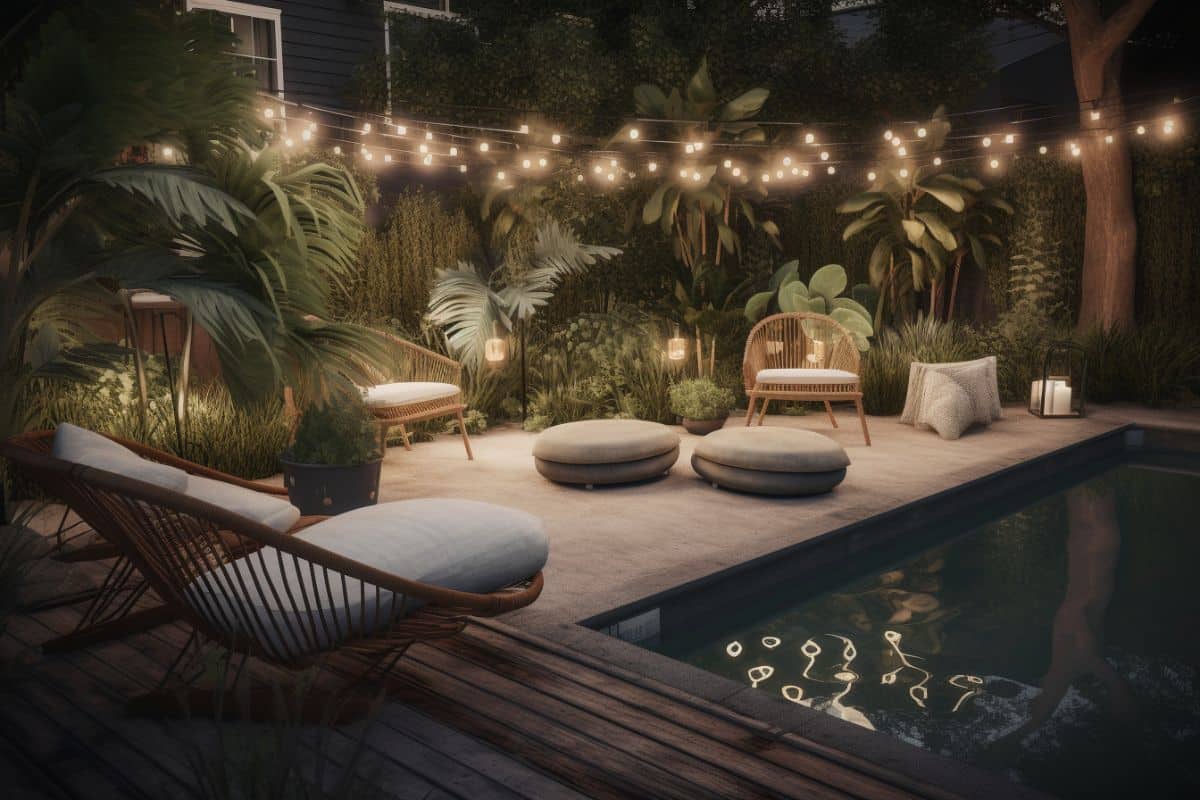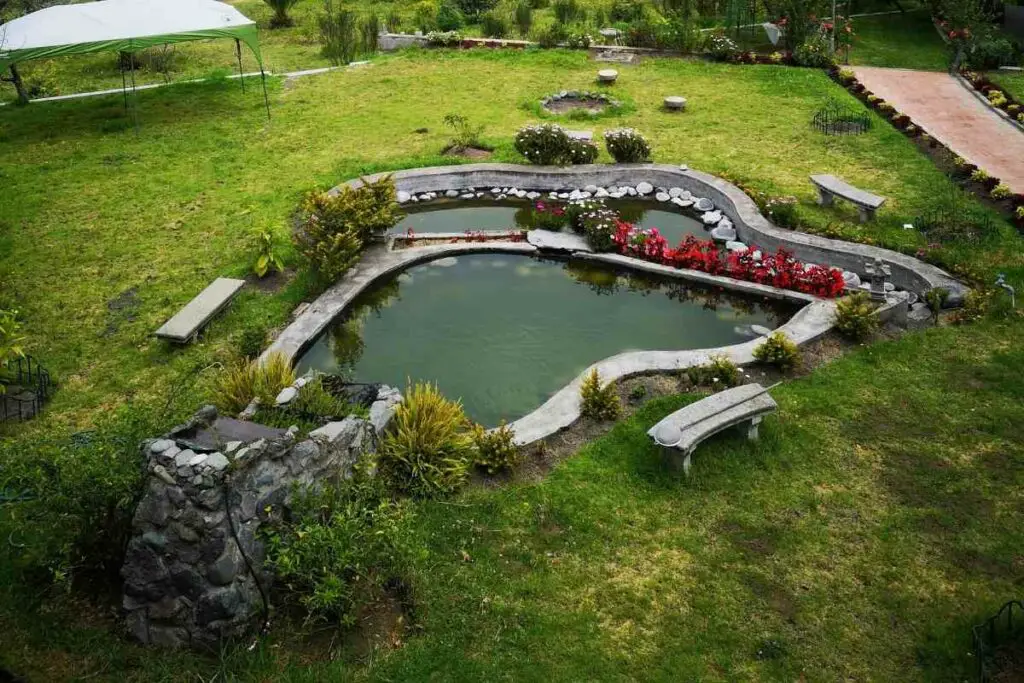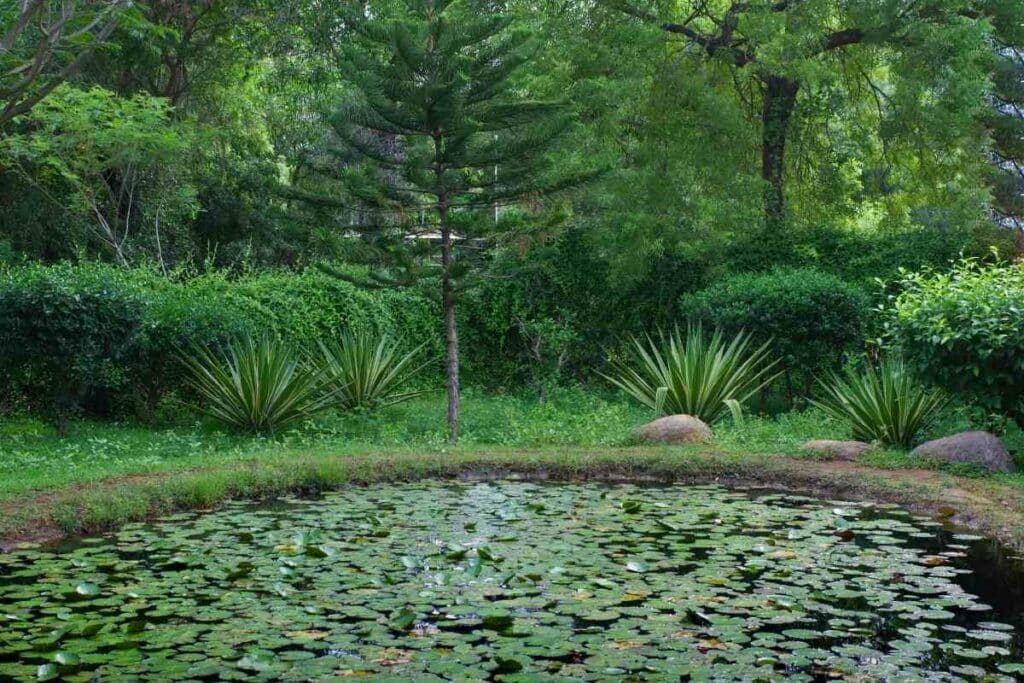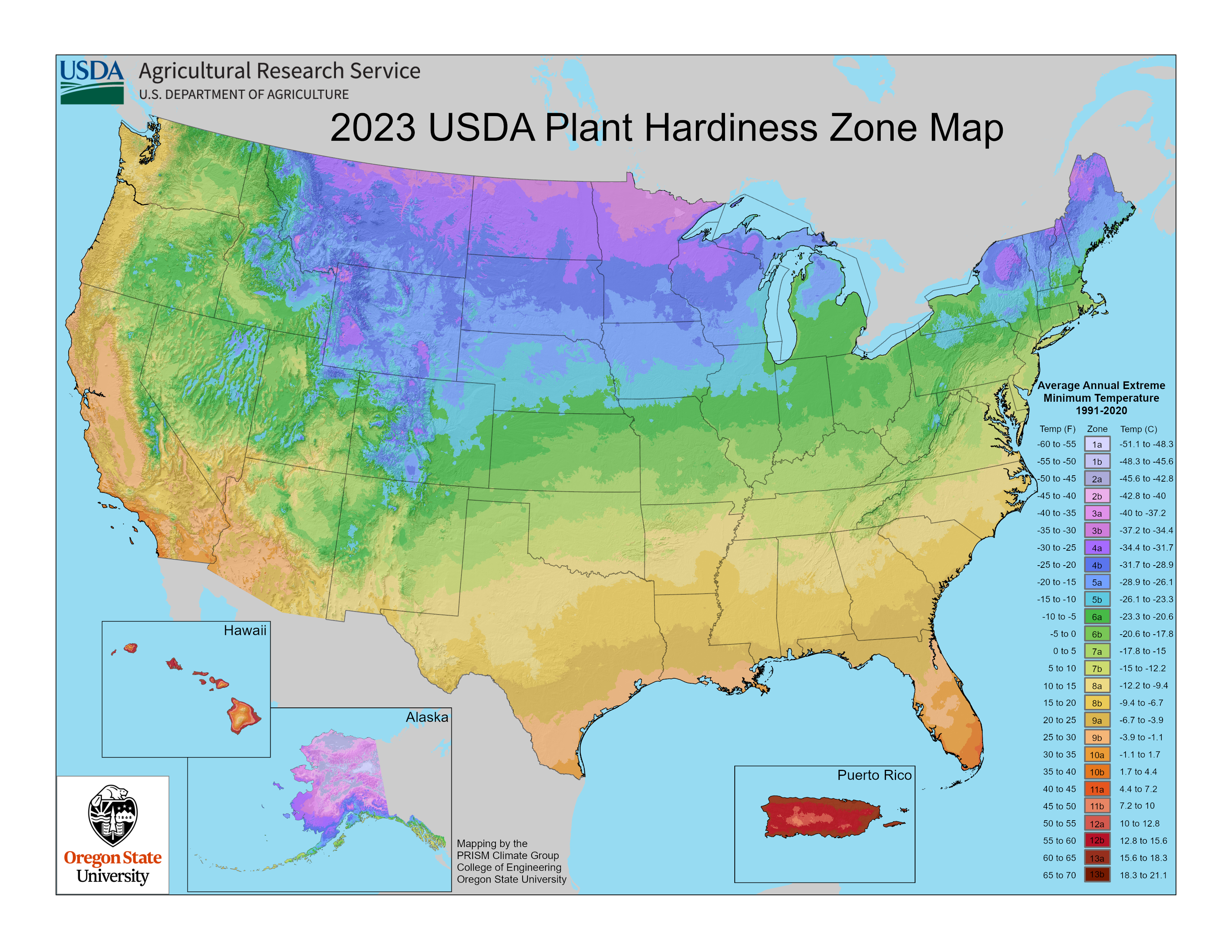Frogs are amphibious animals, and you will almost certainly attract one or more of them to your pond.
They are drawn to the water, primarily, but there are also other things that you can include to encourage them.
Or, leave out, if you wish to discourage them.
So, what do pond frogs eat, anyway?
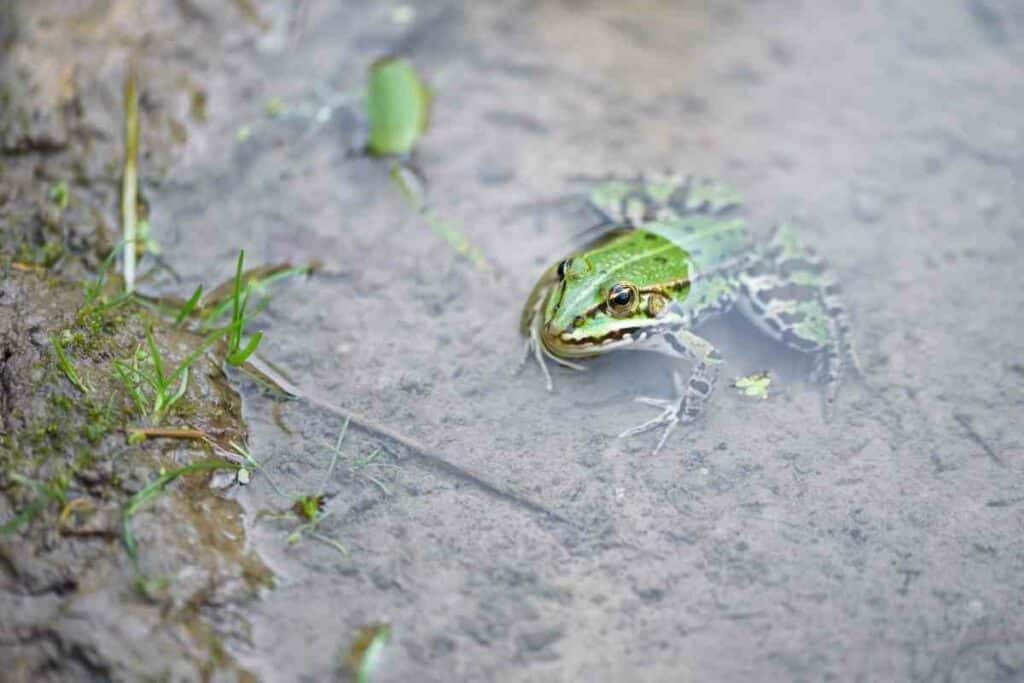
Most of the time, frogs are a positive thing in a pond, as they feed on less-desirable insects (such as mosquitoes).
Pond frogs eat mostly insects, including snails, worms, caterpillars, beetles, crickets, you name it. Sometimes, they will even eat each other! Or, larger frogs, like bullfrogs, may eat fish in your pond. Tadpoles, on the other hand, eat algae, and so they are excellent for algae control.
Learn more below!
How to Make Your Pond Frog-Friendly
If you’re looking to make your pond more frog-friendly, you’ll need some plants.
These provide shelter for frogs and hidden places for them to lay their eggs.
Some of the best plants for this are:
- marsh marigolds
- water lilies
- and duckweed
What’s more, the pond will need plenty of sunlight, so that the plants (and the whole ecosystem, including frogs) can flourish.
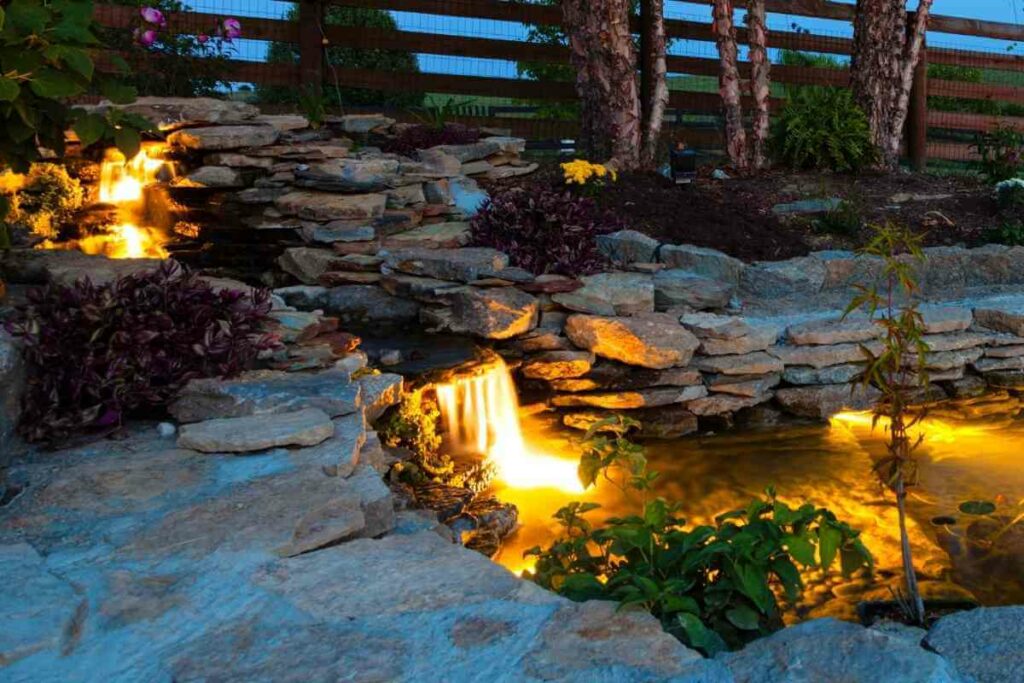
Along with this, they will appreciate a log or a rog that leads to the water. This will just make things easier!
Once you have a good, well-planted pond set up, frogs should appear in no time. They will typically hang out for long enough to breed and lay eggs.
These eggs can be a bit of a surprise, as they will float up to the surface of the pond in clutches of 50 or more. Not to worry, only about 5 of every batch of eggs survives. This is because the eggs are a meal of choice for various fish, birds, and other critters.
So, what do tadpoles eat once they hatch?
You don’t have to go out of your way to feed tadpoles if your pond is well-planted enough.
They will simply sustain themselves on algae, and nibble (harmlessly) at plants, too.
As these tadpoles get older, they will begin to eat differently.
See below!
What Do Pond Frogs Eat?
Pond frogs are primarily insect eaters, although it does depend on the type of frog.
Your average frog enjoys insects, including snails, grubs, insects, worms, spiders, minnows, that sort of thing.
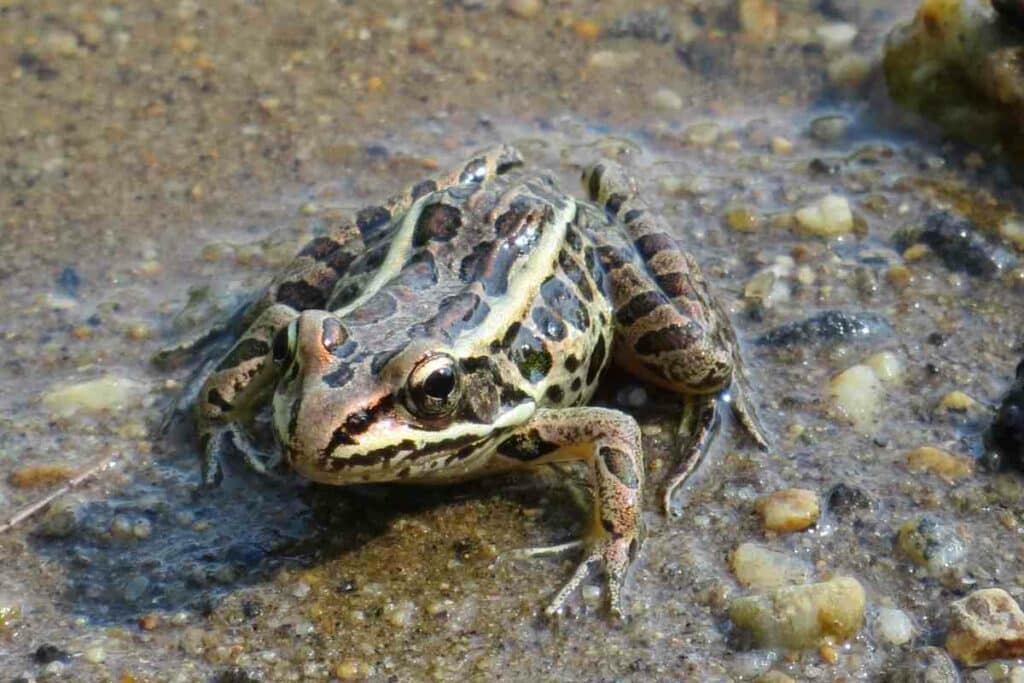
Horned Frogs may be less desirable, as they eat small animals (such as fish).
Your average frog can be a real boon to a pond, however!
Some of the common frogs you may see are:
- pickerel
- and green frogs
These are much friendlier than horned frogs, and luckily, more common.
They will go a long way to helping you keep unwanted insects in check!
What do baby Frogs Eat?
Baby and young frogs eat insects like water flies, Stoneflies, mosquito larvae, and also snails, slugs and worms.
Catching food is easy as they have super sticky saliva on their tongue which makes it easy work of catching food even at such a young age.
Algae Control
Algae can be a good thing in ponds, but only when it’s kept in balance.
Otherwise, it can use up the oxygen and sunlight, sorely needed by other pond critters (like frogs and fish).
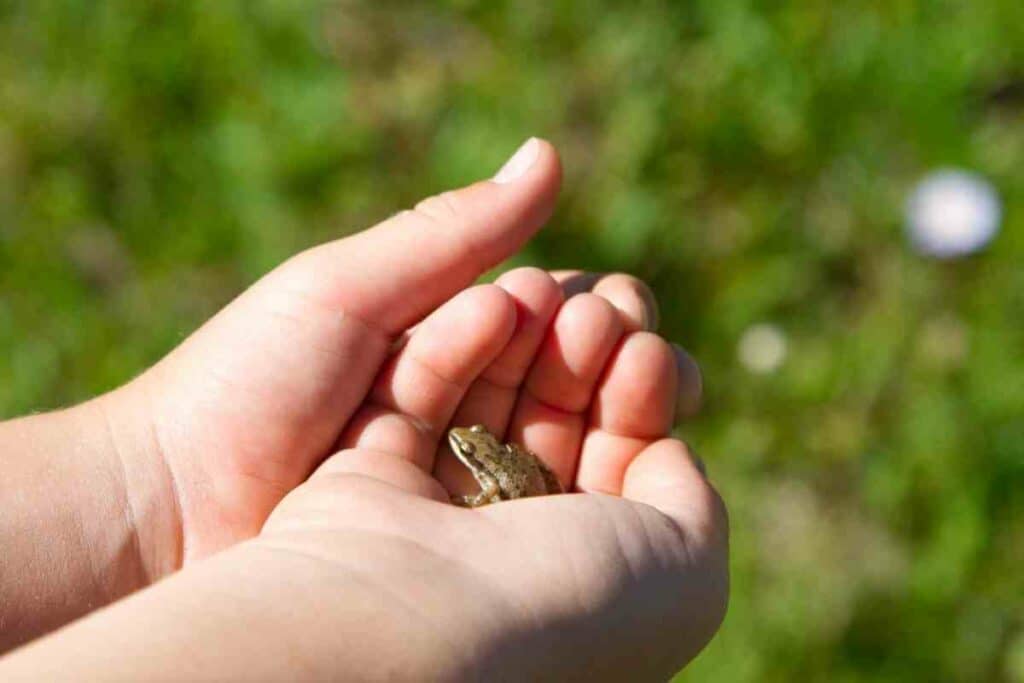
This is where frogs come in. Frogs are known to sample algae, and tadpoles eat a diet almost entirely made of algae.
Works Well: If you’re trying to reduce algae in your pond, some friendly frogs and their tadpoles may just do the trick!
What Fish Eat Frogs?
If you are less big on frogs in your pond, you may wish to introduce some fish that eat frogs.
This includes fish such as perches, bluegills, catfish, etc.
These will help keep the frog population in check!
What If You Have Too Many Frogs?
Once frogs have been introduced to your pond, they will quickly make themselves comfortable.
They will feed, breed, and reproduce.
This can result in more frogs than you may have bargained for, or perhaps you’re not much interested in frogs in your pond at all.
Fortunately, there are some actions you can take, to decrease/eliminate the frog population in your pond.
Take a look!
Relocate the Frogs At Least ½ Mile Away
If you have too many frogs, you may wish to decrease them by about half.
A sure-fire way to decrease the frogs in your pond is simply to scoop (half or more) of them up and take them roughly ½ a mile away (at least).
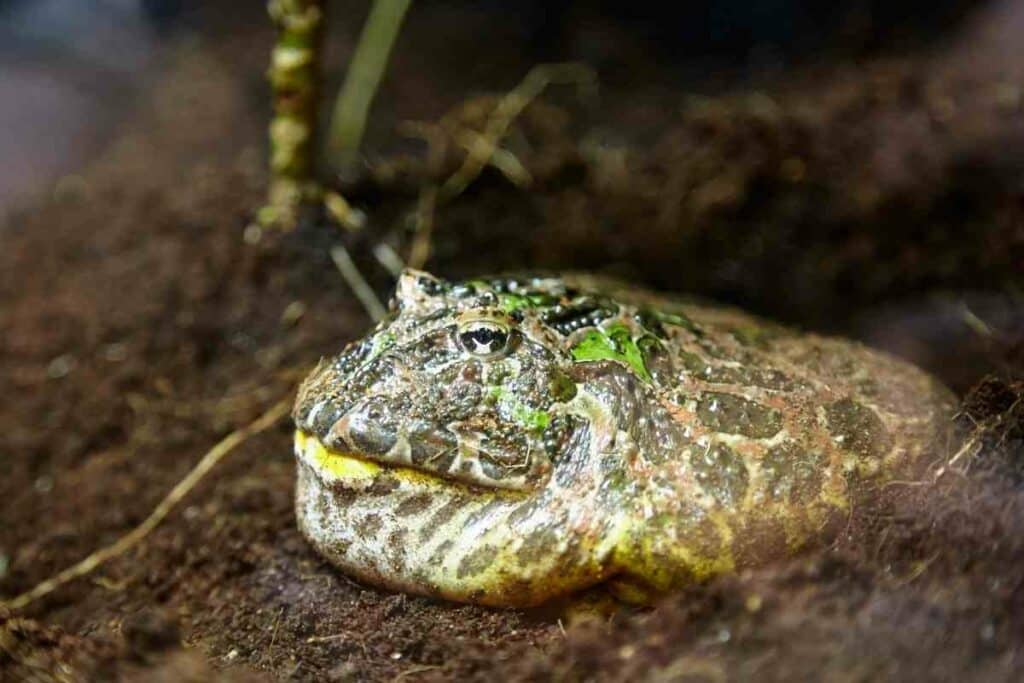
Try to find a suitable pond or other location, if you feel so inclined, and they will never find their way back!
Add Fish
If your pond doesn’t have fish, you can always introduce some predatory fish.
Create Moving Water
Frogs lay their eggs in ponds, and other still water.
To discourage ponds from reproducing so much and taking over your pond, you can simply add some water features.
A waterfall will go a long way to discouraging frogs from laying eggs in your pond.
Fountains should also do the trick!
Spread Salt
If you want to discourage frogs, you can always sprinkle salt around the edges of your pond.
Frogs can easily lose moisture through their skin, and they will avoid the salt and its dehydrating effect.
Just make sure not to put the salt on any plants, as it can harm them as well.
This is more of a last resort if the frogs simply won’t back off.
Will Frogs Eat My Fish?
Most frogs will not eat fish, but there are exceptions.
First, it depends on the type of frog. For your average-sized frog, insects will be what’s on the menu, primarily.
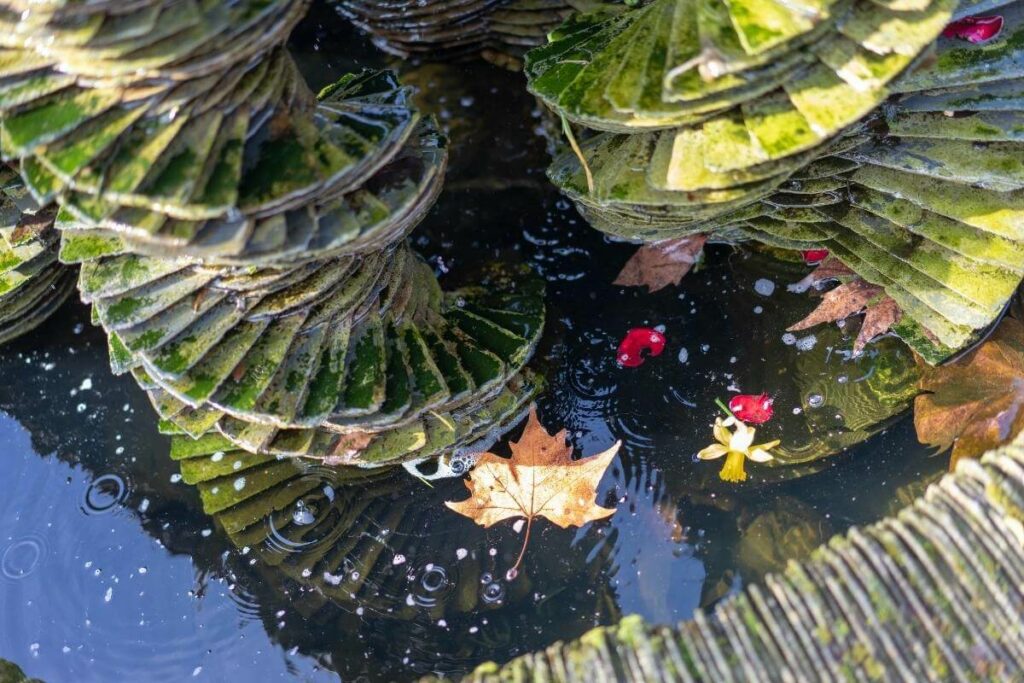
Some frogs will also eat minnows and other super-small fish, however!
Koi, fancy goldfish and other pond fish should not be at risk. That is unless you have a resident bullfrog.
These are known to eat not only insects, but even rodents, other frogs, and larger pond fish (like fancy goldfish or koi).
Clearly, this is not desirable for a pond owner who values their fish. If you’re worried about your fish, it’s recommended that you create a barrier around your pond, to deter frogs.
This is especially important during the rainy season, which is when most frogs tend to show up, breed, and so on.
A fine net will make an effective barrier, however!
When Frogs Turn Cannibal
Sometimes, different species of frogs will eat each other!
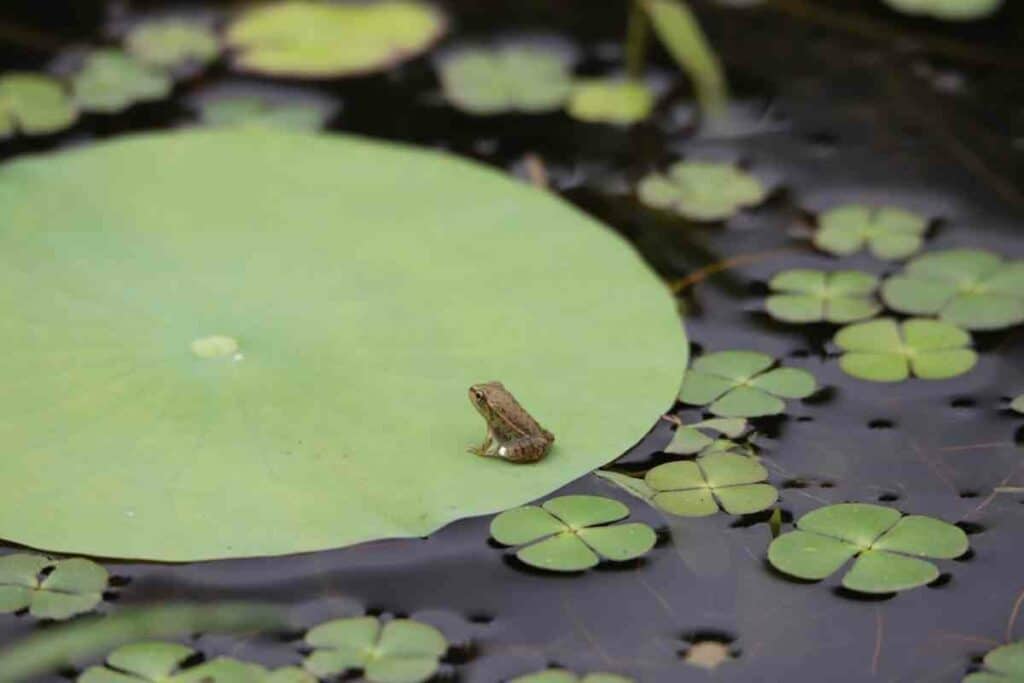
Some tadpoles may even try to eat each other. This is not the most common of occurrences, but it does happen.
In its own way, this can help keep the frog population in your pond in check!
Frogs are Nocturnal
Did you know that frogs are nocturnal?
During the day they will hide and sleep. If you want to see these pond visitors in action, your best bet is to observe around dusk.
This is when the frogs will come out, hop, swim, and feed on insects (and sometimes each other).
They also croak and chirp, which some consider a lovely sound and even musical.
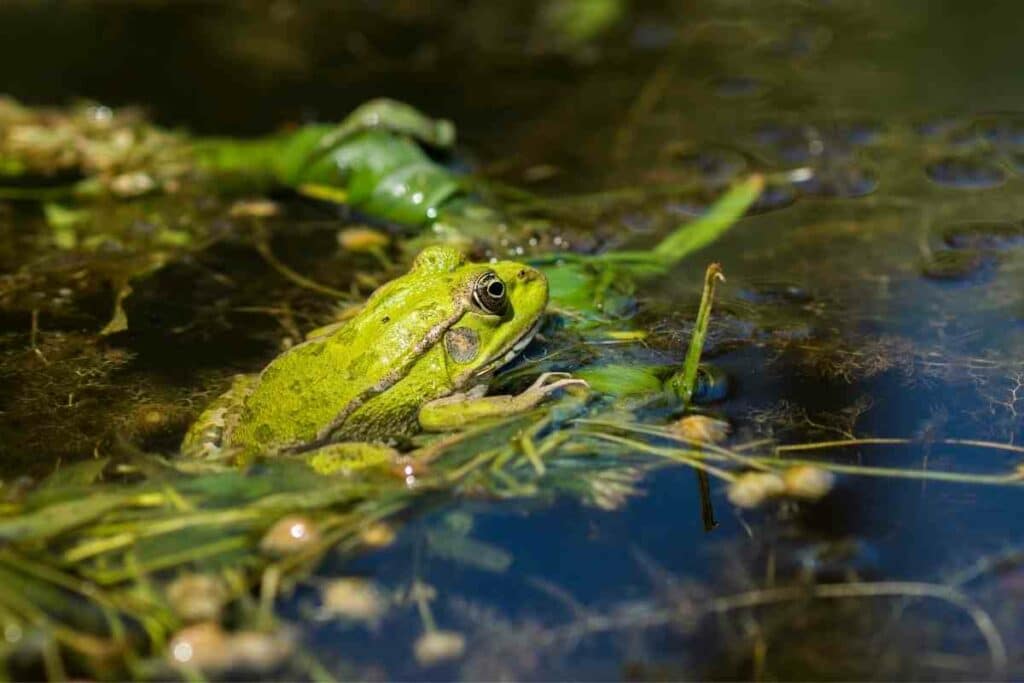
From Experience: Dusk is a great time to show your children the frogs, and teach them a bit about them as well. Or, you can simply enjoy the show yourself.
How Do Frogs Breathe?
So, if your resident frogs are spending much of their time underwater, how do they breathe?
This is a good question, and the answer is a simple one; they breathe through their skin.
Frogs have very porous, thin skin, and they easily absorb oxygen through it.
For this reason, frogs are very adept at staying underwater!
How Long Can Frogs Stay Underwater?
Most of the time, frogs will come to the surface to eat and have easy access to air.
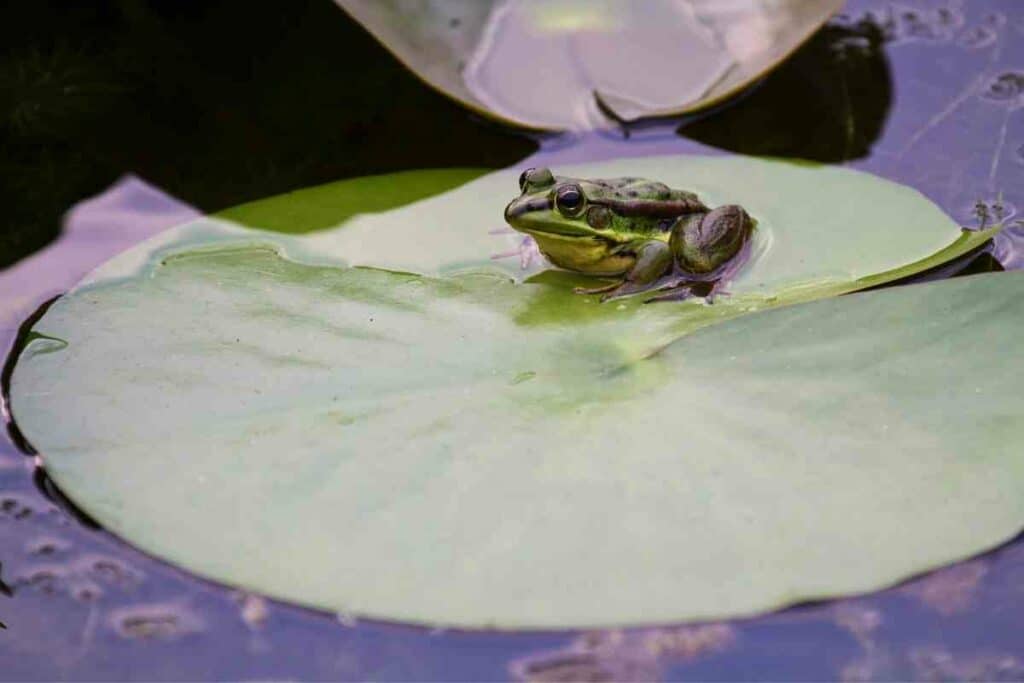
In the hibernation months (winter), however, frogs will stay up to 2 months underwater. Wow!
Final Words
So, if you were wondering, ‘what do pond frogs eat?’ you have your answer.
If you feel like there are too many frogs in your pond, there are also ways that you can reduce their numbers.
For instance, removing half yourself, or running water.
Or, if you like the benefits that frogs bring, there are ways that you can encourage more to visit and stick around (such as plants and sunlight, primarily).
Whether you’re looking to encourage or deter frogs, we wish you the best of luck!
You Might Also Like
- What Should I Put in the Bottom of My Wildlife Pond?
- Backyard Oasis With Pool: Creating a Relaxing Retreat in Your Backyard
- How to Find Pond Leak (Quick Method to Find the Leaks)
- Pool Ledge Lounger – Complete Buyers Guide
- Do Garden Ponds Overflow When It Rains
- How To Fill A Pond With Water (Complete Guide)

